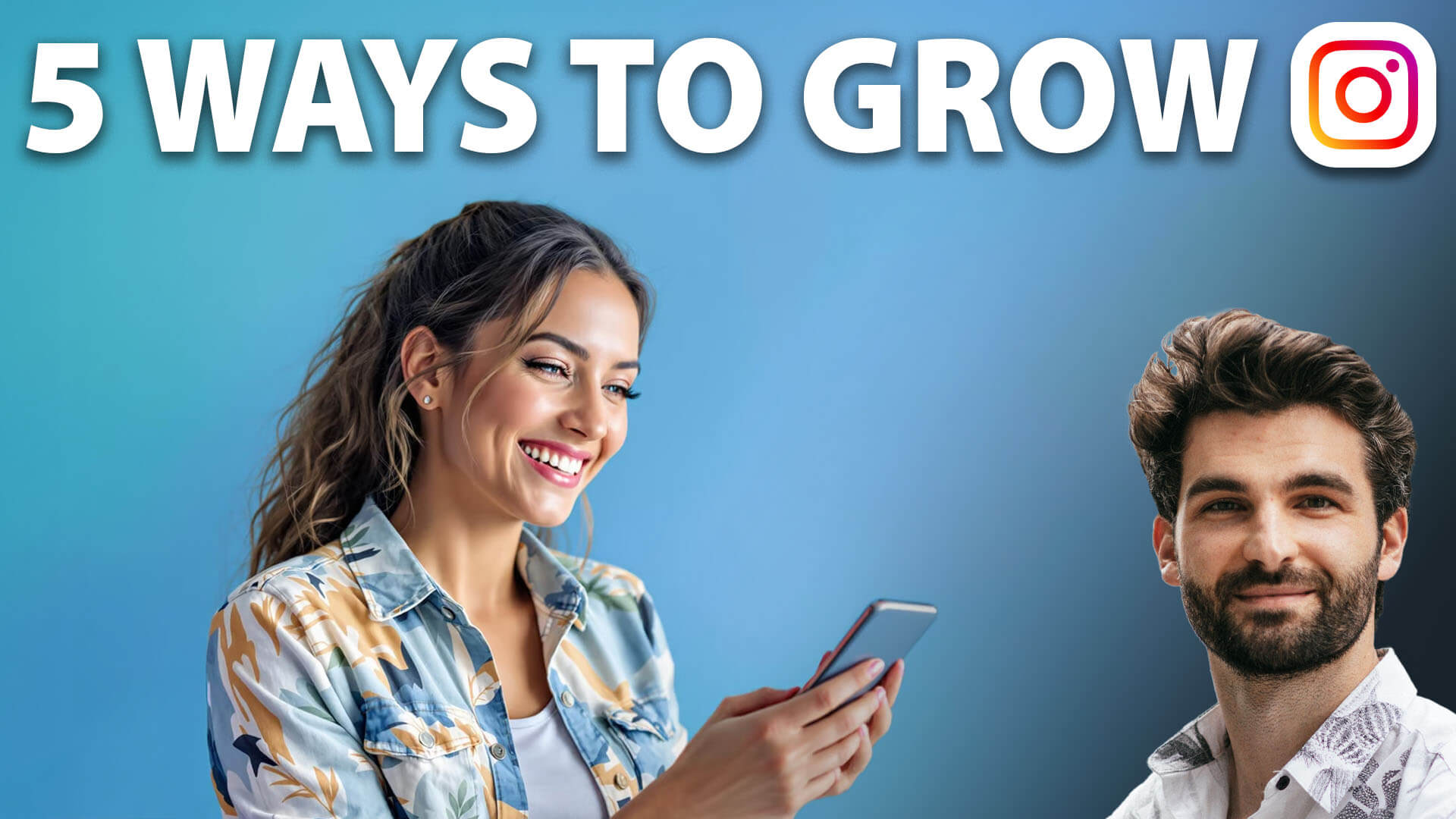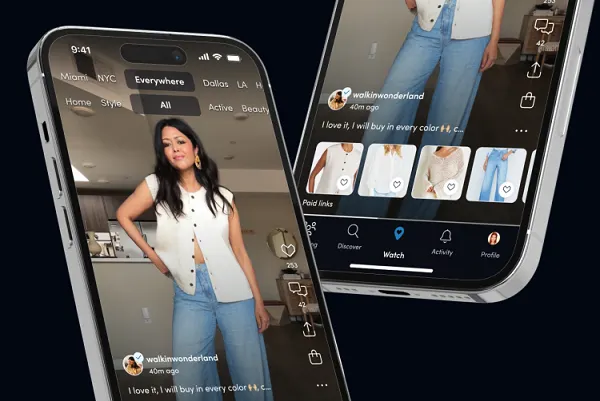Brand pitch guide for creators [deck and email templates]
You don't need to have a ton of followers to land a brand deal, but you do need a way to sell yourself. Enter the brand pitch deck. The post Brand pitch guide for creators [deck and email templates] appeared first on Social Media Marketing & Management Dashboard.
![Brand pitch guide for creators [deck and email templates]](https://blog.hootsuite.com/wp-content/uploads/2022/06/brand-pitch-template.png)
Influencers can use their influence in many different ways. If you want to start making money, though, you need to lock down some brand partnerships with a great brand pitch deck.
While companies looking to partner with influencers with larger profiles often approach these individuals, partnerships happen the other way around, too, with influencers reaching out to brands to pitch their services.
That’s because an engaged audience and a great grid will only get you so far. The real key to landing the collab of your dreams is to perfect the art of the brand pitch.
In this post, we’ll teach you how to pitch brands as an influencer and give you a free template to help you secure an influencer marketing partnership of your own.
Key takeaways
- A great pitch matters more than follower count. Brands are often more interested in creators with engaged audiences than just raw follower numbers.
- Customize your outreach. A compelling pitch includes a clear subject line, links to your social profile, relevant stats (engagement, reach, conversions), and a personalized message.
- Use the “three Rs” to structure your pitch. Highlight Relevance (how your content aligns with the brand), Reach (how many people you can influence), and Resonance (how deeply your content connects with your audience).
- Show proof of past success. If you’ve worked with brands before, showcase those results. Even informal collaborations or viral user-generated content can help establish credibility if formal partnerships are lacking.
- A pitch deck can boost your chances. A short, on-brand pitch deck (10–15 pages max) can be more persuasive than an email alone. It allows visual storytelling and gives brand contacts a shareable resource to advocate for you internally.
What is a brand pitch deck or email?
A brand pitch deck or email is a short presentation or message that introduces your brand to new potential partners.
A good brand pitch explains who you are, what you do, who your audience is, and why working with you is a good idea. Whether it’s a set of slides or a well-written email, the goal is to make your brand stand out and get people interested in teaming up with you.
Think of brands as potential investors. They want to see a return on their investment in you, so present them with a business plan (aka your pitch) that shows how you can help them achieve their goals.
Your pitch should include:
- A brief intro to who you are
- Analytics and stats from your account
- Details on any other experience you’ve had with brand partnerships in the past

When you contact the company, try to find the most appropriate person to address your pitch to. Reaching the marketing specialist or the head of partnerships will be more helpful than throwing it into the vague “to whom it may concern” pile.
Do you have to have a certain number of followers to pitch a brand?
No, you don’t need to have a six-digit following in order to land a brand collaboration.
Micro influencers (accounts with between 10,000 and 50,000 followers) and nano influencers (between 5,000 and 10,000 followers) typically have extremely high engagement, which is often what brands are looking for.
How to pitch brands as a micro influencer (or any type of creator)
It doesn’t really matter what you’re doing on social: the way you reach out to brands (as a micro influencer or a macro one) for partnership opportunities will follow pretty much the same structure.
Whether you’re a vegan-junk-food influencer or a “funny dog groomer,” here’s how your brand ambassador pitch should break down.
1. Start with a strong subject line
A recent Adobe survey found that 75% of all emails never get read. That means getting someone’s attention and convincing them to actually open your email is an accomplishment in and of itself.
Your subject line is your first impression and your chance to pique the reader’s interest.
Your subject line should:
- Be clear and concise
- State the benefit to the brand
- Be personalized (no copying and pasting!)
- Create a sense of urgency
2. Show off your social profile
Next, introduce yourself and direct their attention to your profile so they can see what you do firsthand.
You’re reaching out to this brand because you think your social presence will benefit them. Make sure you’re sharing a link to your account right off the bat.
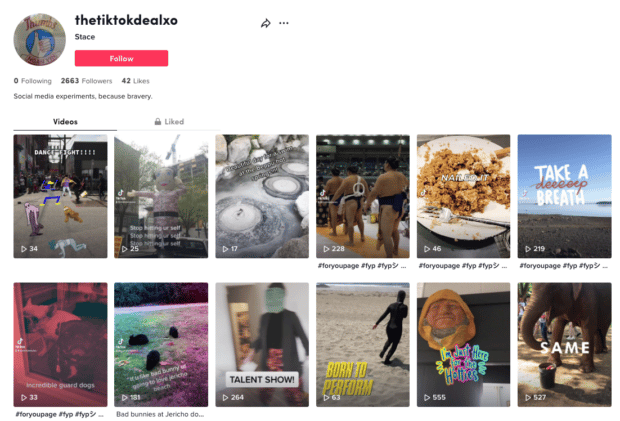
Sharing your profile is the fastest way to introduce yourself and showcase your personal brand. If you’re positioning yourself as a social influencer, your account should align with everything else in your pitch.
3. Share compelling stats on your following
There are plenty of horror stories about brands that have been burned by influencers with fake followers. It’s important to prove your credibility right away.
To show you’re a real influencer with real, active followers, include these stats in your media kit:
- Engagement rate: The best influencers aren’t always the ones with the biggest followings; they’re the ones with the most engagement. You can prove that you have a loyal, engaged following by sharing data around your likes, comments, and shares.
- Monthly views: Sharing average monthly views shows that you have consistent interest from your followers. If you can also show year-over-year growth, that’s even better.
- Follower growth: If you can show strong, consistent follower growth within the last year, you’ll be able to offer a data-based prediction of the potential future reach of your content. Brands look for steady growth, so you’ll raise eyebrows if your followers spike for no reason or if your engagement/follower ratio is off.
- Conversion rates: Businesses care about return on investment (ROI), so they love to see metrics, like conversion rates, that prove you can inspire action. If you use the URL feature on your Instagram Stories or operate an Instagram Shop, be sure to include conversion rates.
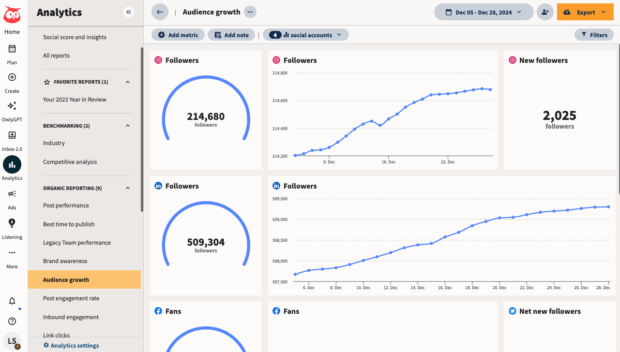
4. Use “the three Rs” of influence
Sell yourself as the perfect collaborator by touching on the three Rs: relevance, reach, and resonance.
Following this structure is a great way to make sure that you include all the important details that a brand is looking for.
- Relevance: Demonstrate that your content is relevant to the brand you’re pitching, and your audience demographics match their target market. This is also a chance to highlight what you love or admire about a brand or product and outline how your values align with theirs.
- Reach: Outline just how many people you estimate you could reach. Be sure to base this number on data, not guesswork.
- Resonance: Explain how you expect your content will resonate with the brand’s desired audience. What level of engagement do you expect to get from your partnership project? This is another opportunity to back up your assertions with data.
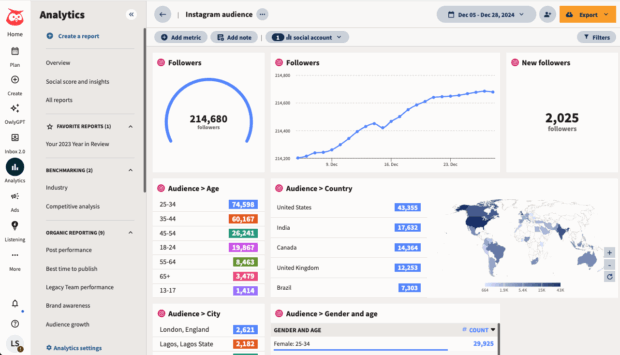
5. Share examples of any past partnerships
This is your chance to prove that you have a past record of success with other partners. Sharing previous brand partnerships shows you’re experienced and proves that other brands have trusted you in the past.
If you’ve never worked with a brand before, is there any other relevant experience you might be able to share? Maybe you helped a friend promote their side project or created some user-generated content (UGC) that went viral. Brag about it!
Format your partnership mentions like this:
- Name the brand, product, or industry
- Offer a brief summary of how you worked with them
- Share success metrics, revenue accrued, or other outcomes
6. Outline specifics on how you want to work together
You don’t want to pitch an entire campaign at this point, but a brand pitch should include at least a sentence or two outlining how you’d like to work together.
Show them that there’s a reason you’re reaching out and that you’ve done your homework.
Make sure to frame your idea in a way that clearly states the benefit to the brand. This is also a nice place to share a genuine compliment about why you want to work together.
7. Sign off with next steps
Finally, it’s time to wrap up and share your pitch’s call-to-action: what are you hoping to get your reader to do next?
Whether you’re cold-emailing or you’ve been introduced through someone else, you should aim to set up a call or an in-person meet-up. Be specific (but brief) about what you’d like to accomplish in that meeting.
Some influencers like to include compensation and rates right in the pitch email, but it’s OK to save the pricing discussion for when you know more about the brand’s goals and needs.
Now, thoroughly proofread your email (maybe even ask a friend to give it a once-over for good measure), cross your fingers, and hit that send button.
Brand pitch email template
Finding the right words can be stressful, even for professional content creators. That’s why we made this template to get you started.
SUBJECT: Partnership Pitch: [influencer name] & [brand name] on [social network name]
Dear [insert name of PR or social media manager contact],
My name is [insert name], and I’m [describe yourself in 5 words or less]. [Describe what you do in 2 sentences or less].
In the past [insert number of years], I’ve grown my following on [insert social network with link to your profile] to [insert number of followers]. My average engagement rate is [insert %].
I’m reaching out because I’m planning content for [insert time period]. In particular, [describe content in more detail].
Would [insert brand] be interested in partnering with me to create this content? My audience is highly interested in [describe specific products or something about the brand that your followers connect to] and would love to learn how [brand] can improve their [insert benefit, e.g., wardrobe, shopping habits, bike safety, workout routine, etc.].
As well, your values of [specify] align with my own. I’ve admired [brand] and [insert genuine compliment].
I’ve worked with [insert industry] brands in the past on similar kinds of content. Here are some examples with accompanying results:
[Brand 1]
- [Insert links to campaign content]
- [Insert positive results]
[Brand 2, if available]
- [Insert links to campaign content]
- [Insert positive results]
If you’re open to working together, I’d love to set up a time to talk further over the phone [or in person, if you’re located in the same location].
Until then, thank you for your time, and have a great day!
[Your name]
Brand pitch deck template
Sometimes, words aren’t enough. A brand partnership pitch deck — a multi-page, beautifully designed PDF that covers all of the same points that we discussed above — is a visual way to package your case.
If you’re reaching someone who might not be the final decision maker, a deck can be a tool for your contact to use in their pitch for your pitch.
Some key things to keep in mind when you’re designing your brand pitch deck:
- Keep the deck short. A brand pitch deck should be no longer than 10-15 pages. (Docusend reports that readers spend an average of just 2 minutes and 45 seconds reading a pitch deck!)
- Keep your copy snappy. Text should also be short and to the point — choose bullet points over paragraphs, infographics and chunky numbers over detailed graphs or charts.
- Keep the visuals on-brand. Align the graphic design with your visual identity on social.
We’ve created a template for you to use for your brand pitch deck — just click the link below to snag your own copy:
If you’d rather start from scratch, here’s a suggested outline to guide you:
Page 1: Title
A compelling image and title like [Your Name] x [Brand Name]
Page 2: About You
Bullet-point intro to you and your accounts, with your most impressive stats included. A screenshot of your social profile here might be a nice touch!
Page 3-4: Analytics
Share your most impressive numbers, like follower count, growth rate, engagement rate, monthly visits, conversion rate, etc.
Page 5: About Your Audience
Bullet-point intro to your audience: share relevant demographic details.
Page 6: Why This Partnership?
A bullet-point explanation of how and why you think this would be a valuable collaboration.
Page 7-8: Past Collaborations
A quick summary of 2-3 similar partnerships you’ve done in the past, ideally with some photos or screenshots. Be as specific as you can about the KPIs and metrics!
Page 9: Rates and/or Next Steps
Any details about how to move forward with next steps, including rates if you want to share at this stage.
It’s scary to put yourself out there, but we believe in you! If you want to level up your social game while you wait to hear back from your future brand partners, we’ve got plenty of resources and blog posts to help.
Check out our guide to editing Instagram photos like a pro, freshen up your content plan, or explore how a scheduling tool can help you post at the best time and optimize your reach.
Influencer marketing is easier with Hootsuite. Schedule posts, engage with your fans, and measure the success of your efforts. Try it free today.
The post Brand pitch guide for creators [deck and email templates] appeared first on Social Media Marketing & Management Dashboard.













_1.jpg)



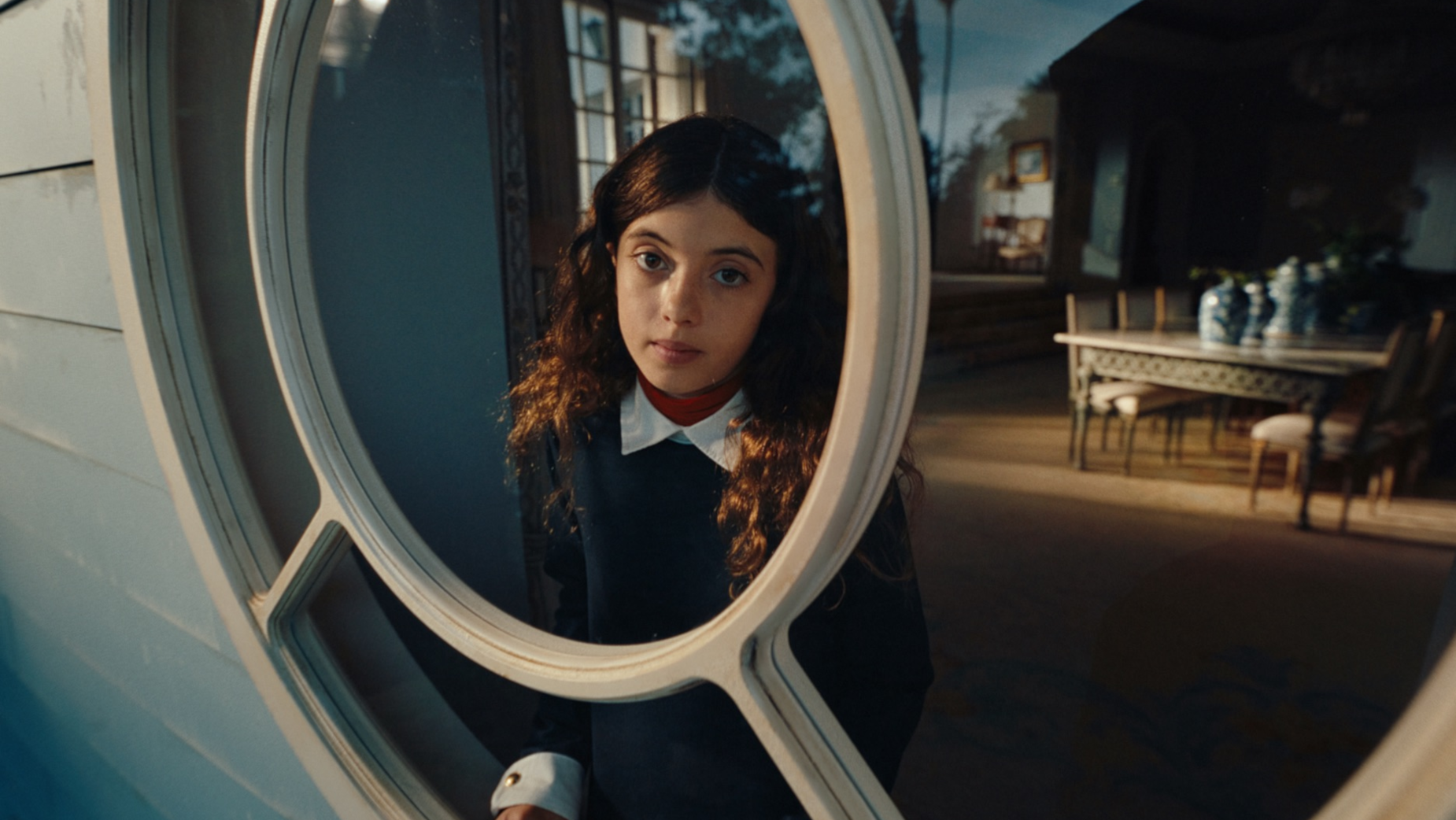



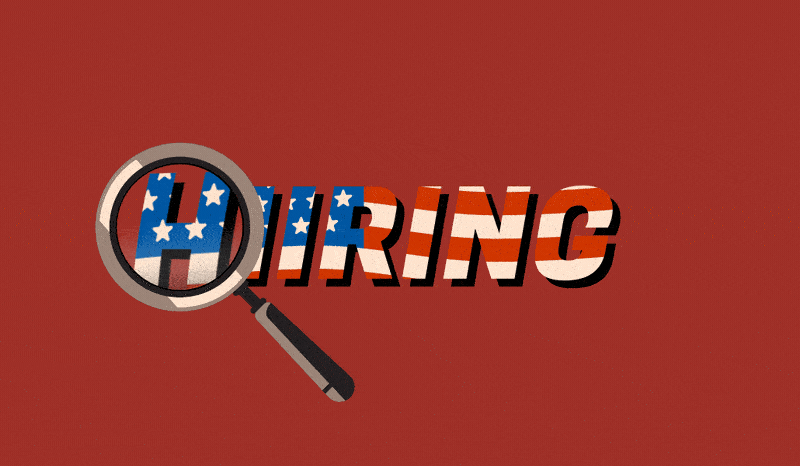


![Brand and SEO Sitting on a Tree: K-I-S-S-I-N-G [Mozcon 2025 Speaker Series]](https://moz.com/images/blog/banners/Mozcon2025_SpeakerBlogHeader_1180x400_LidiaInfante_London.png?auto=compress,format&fit=crop&dm=1749465874&s=56275e60eb1f4363767c42d318c4ef4a#)

![How To Launch, Grow, and Scale a Community That Supports Your Brand [MozCon 2025 Speaker Series]](https://moz.com/images/blog/banners/Mozcon2025_SpeakerBlogHeader_1180x400_Areej-abuali_London.png?auto=compress,format&fit=crop&dm=1747732165&s=beb7825c980a8c74f9a756ec91c8d68b#)
![Clicks Don’t Pay the Bills: Use This Audit Framework To Prove Content Revenue [Mozcon 2025 Speaker Series]](https://moz.com/images/blog/banners/Mozcon2025_SpeakerBlogHeader_1180x400_Hellen_London.png?auto=compress,format&fit=crop&dm=1747758249&s=9f3c5b1b7421f862beace1cb513053bb#)
























![The 11 Best Landing Page Builder Software Tools [2025]](https://www.growthmarketingpro.com/wp-content/uploads/2024/04/best-landing-page-software-hero-image-1024x618.png?#)







































![How To Build AI Tools To Automate Your SEO Workflows [MozCon 2025 Speaker Series]](https://moz.com/images/blog/banners/Mozcon2025_SpeakerBlogHeader_1180x400_Andrew_London-1.png?auto=compress,format&fit=crop&dm=1749642474&s=7897686f91f4e22a1f5191ea07414026#)





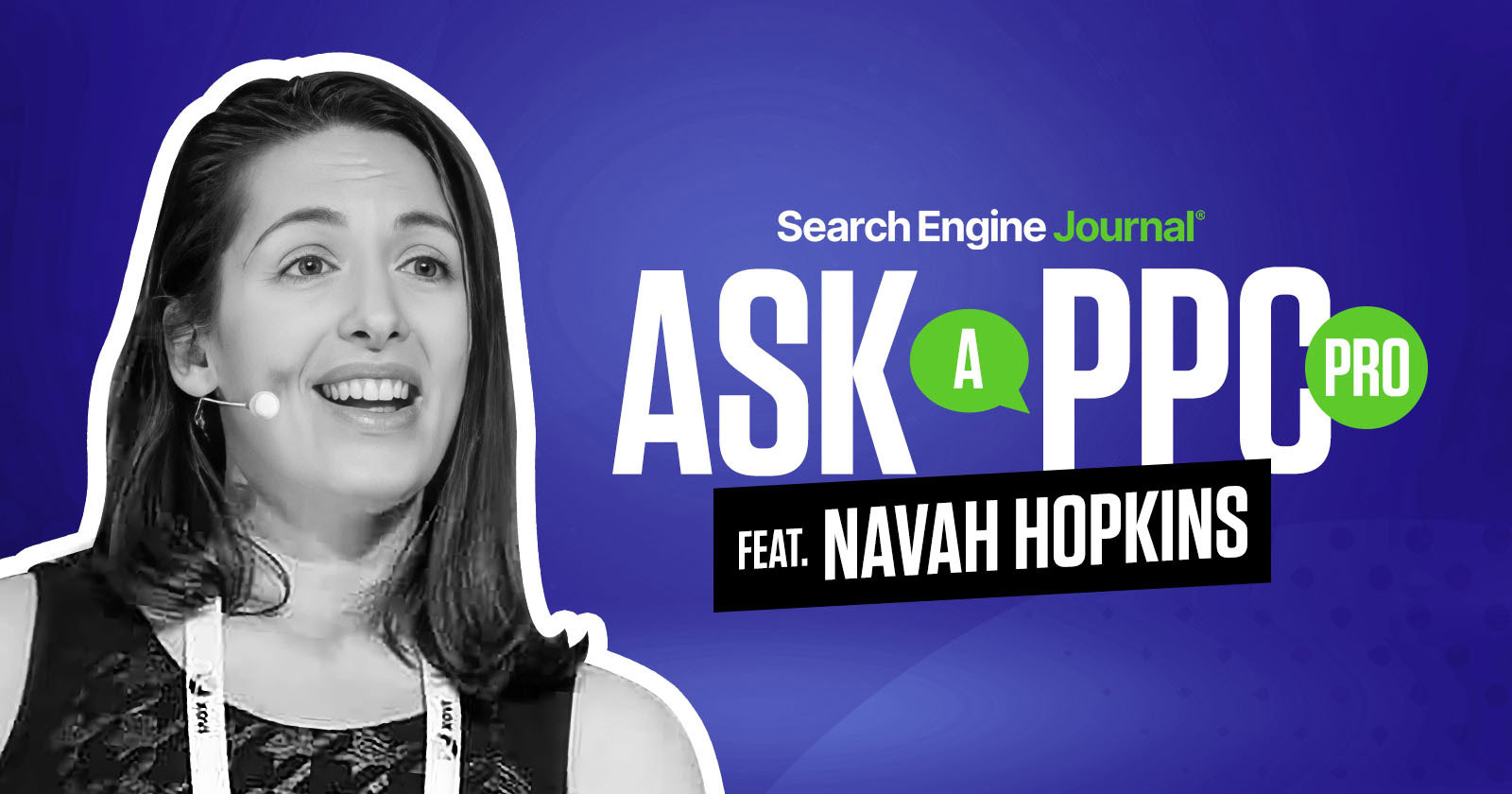








![Marketers Using AI Publish 42% More Content [+ New Research Report]](https://ahrefs.com/blog/wp-content/uploads/2025/06/marketers-using-ai-publish-42-more-by-ryan-law-data-studies-1.jpg)


![X Highlights Back-To-School Marketing Opportunities [Infographic]](https://imgproxy.divecdn.com/dM1TxaOzbLu_kb9YjLpd7P_E_B_FkFsuKp2uSGPS5i8/g:ce/rs:fit:770:435/Z3M6Ly9kaXZlc2l0ZS1zdG9yYWdlL2RpdmVpbWFnZS94X2JhY2tfdG9fc2Nob29sMi5wbmc=.webp)
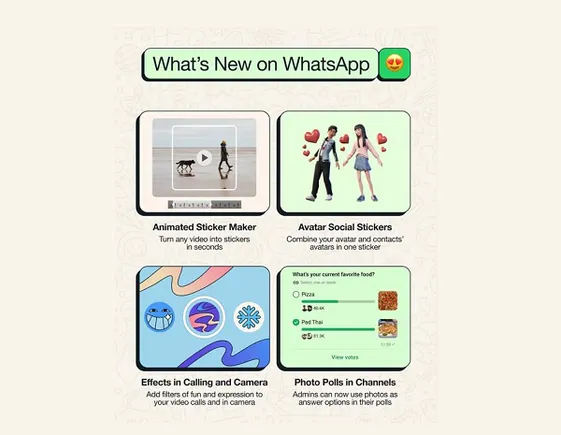











![The HubSpot Blog’s AI Trends for Marketers Report [key findings from 1,000+ marketing pros]](https://www.hubspot.com/hubfs/state-of-AI-1-20240626-53394.webp)
![AI can boost conversions from your web page — HubSpot’s CMO shows you how [tutorial]](https://knowledge.hubspot.com/hubfs/ai-1-20250605-395473.webp)
![The state of inclusive marketing in 2025 [new data + expert insight]](https://www.hubspot.com/hubfs/inclusive-marketing-report.webp)






